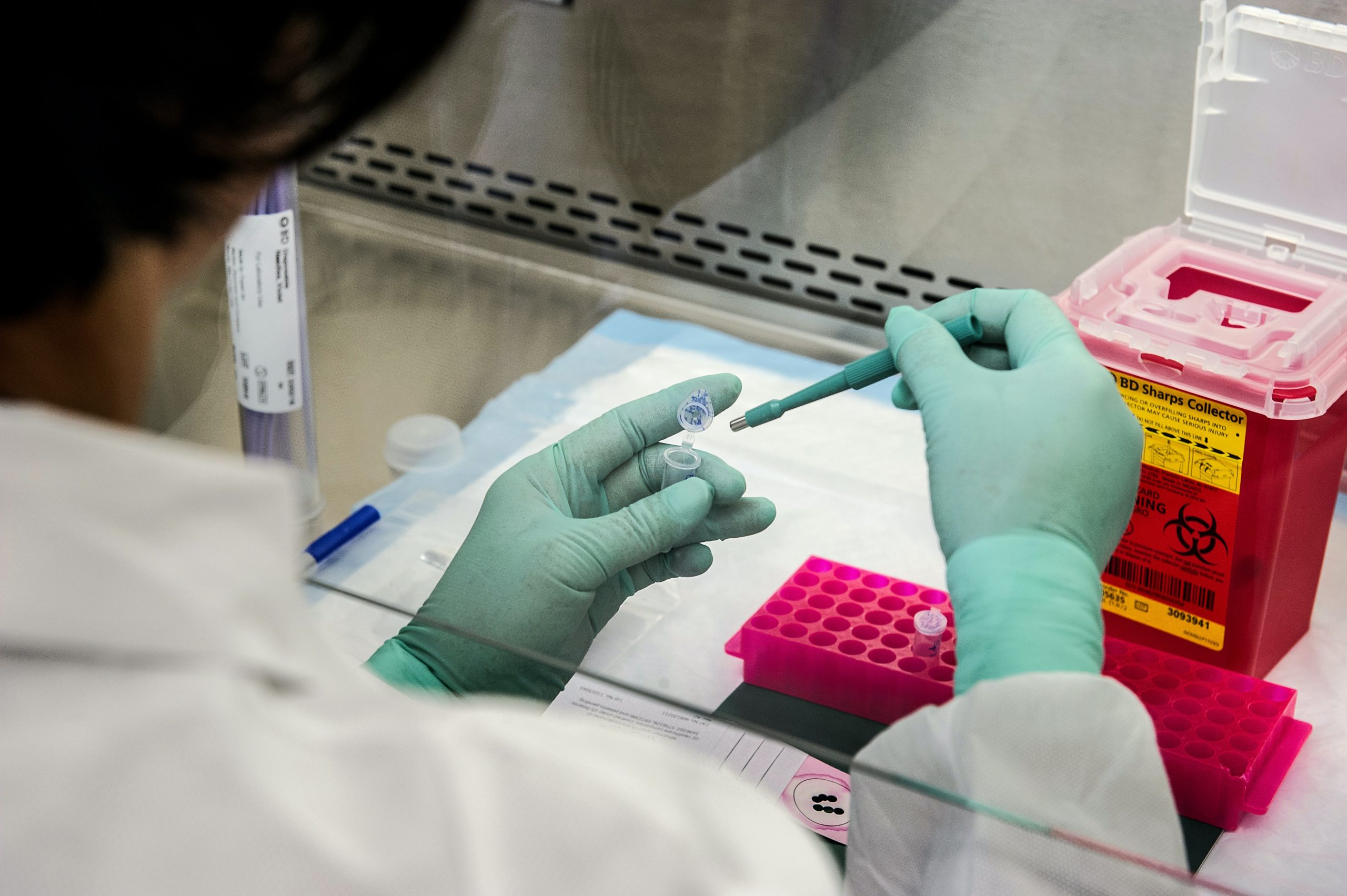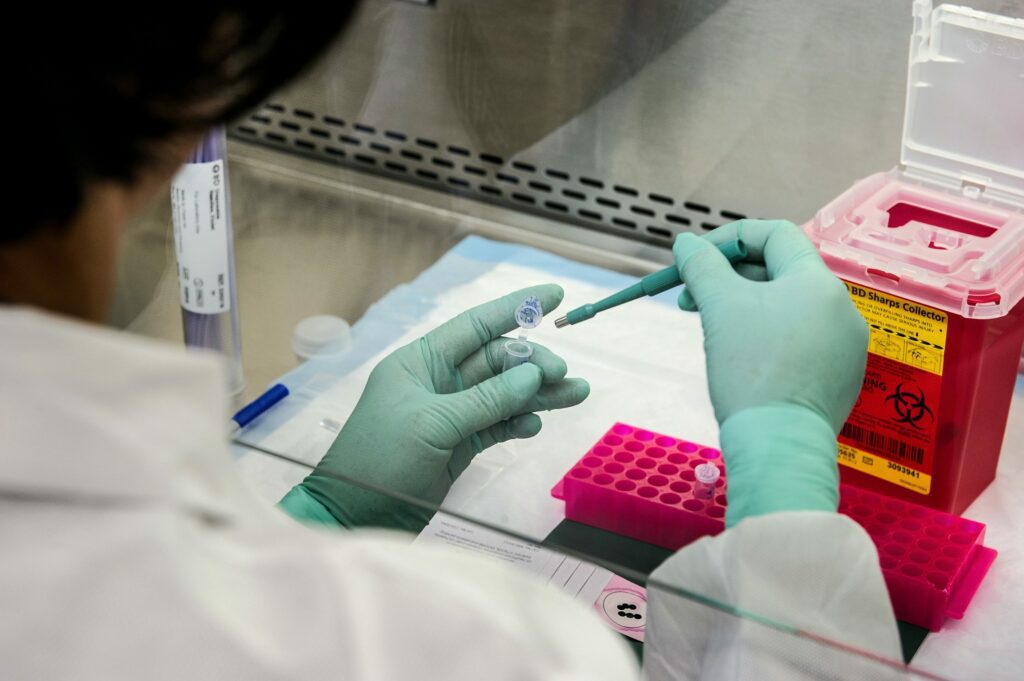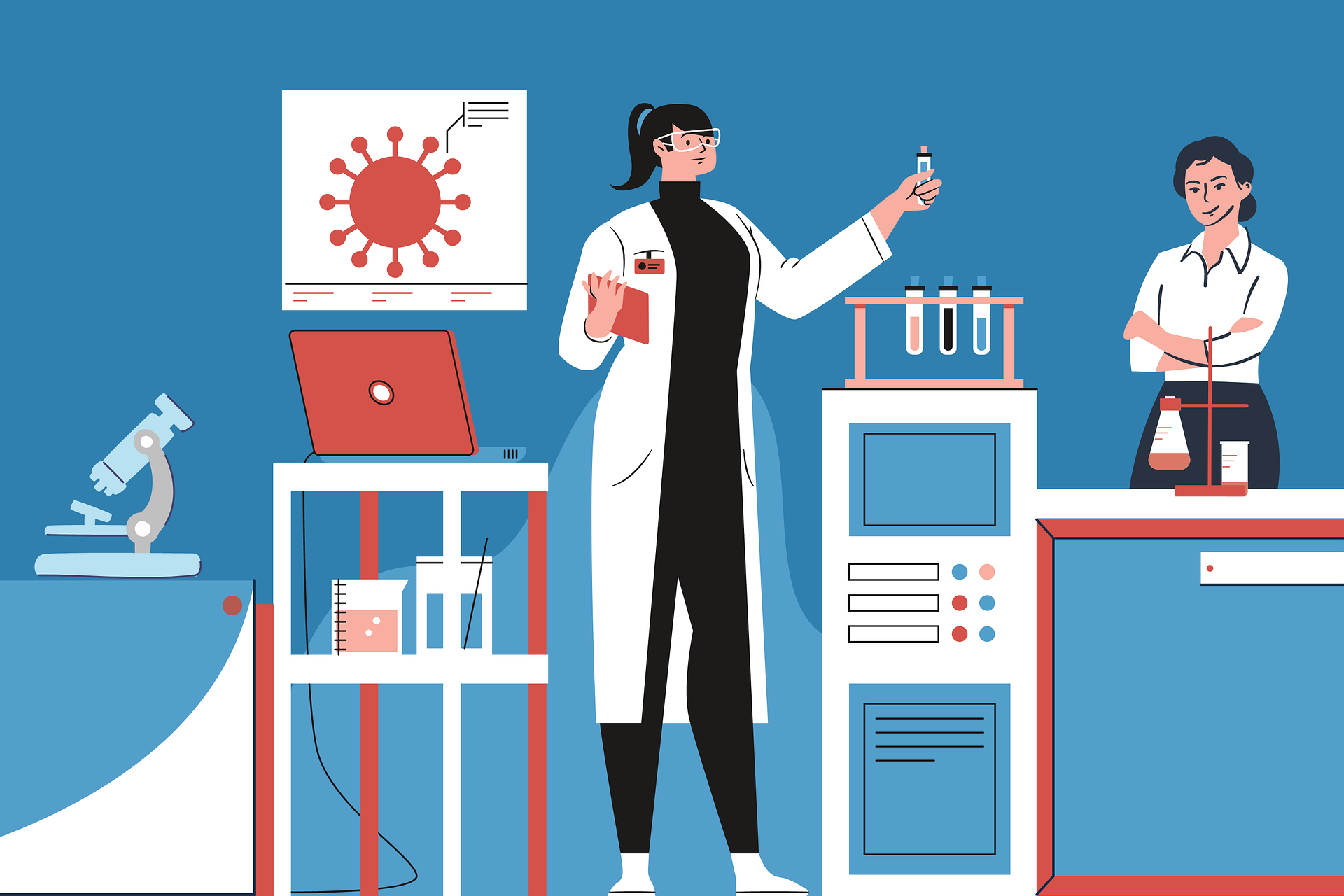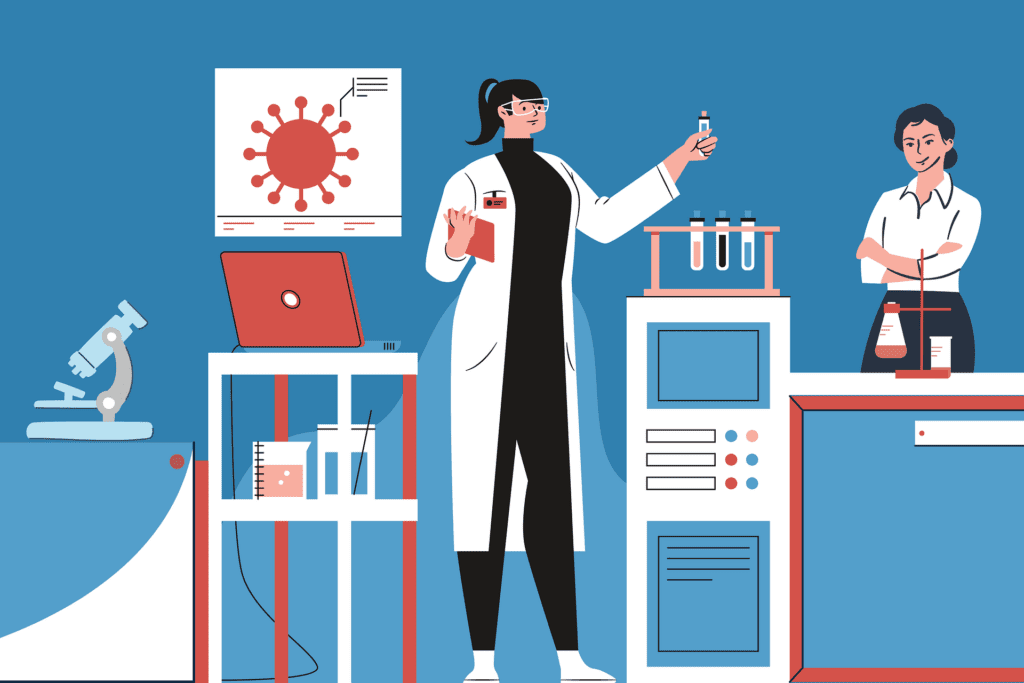Reasoned decision-making is a vital skill in all walks of life. In a vacuum, this means examining all the options and rationally picking the best course of action. But, in the real-world, there are factors that might cloud judgement or introduce bias, and it’s important to keep a look out for these. One such tendency is known as the ‘sunken cost fallacy’.
Oxford Languages define the sunken cost fallacy as “the phenomenon whereby a person is reluctant to abandon a strategy or course of action because they have invested heavily in it, even when it is clear that abandonment would be more beneficial.” This theory could relate to any number of steps within healthcare. Ideally, it should not inform decision making, but, in reality, the human nature is susceptible to it.

It’s often quoted that only 10% of drug development projects make it all the way from Phase I to approval. The other 90% of ‘failures’ may fall at many different hurdles, for instance due to a lack of efficacy, an unacceptable safety profile, or acknowledgement of likely lack of commercial interest. Significant resources, both financial and time expended, will have already been invested in development when these warning signs appear, but clearly the rational (and ethical) decision is not to pursue these drugs further, regardless of ‘sunken cost’.
When it comes to clinical decision making, there are ways in which, in theory, sunken cost fallacy could impact decision making. If a healthcare provider has started a patient on an expensive therapy, but it becomes apparent that it is not working, might they be susceptible to continuing the treatment, rather than switching to something less expensive? Or would a doctor be less willing to entertain an alternative diagnosis if they had already spent considerable time on the original investigations that have led to a potentially incorrect conclusion? A cross-sectional, in-person survey of 36 medical residents, conducted by Bornstein et al in 1999, found that their evaluation of treatment decisions “reflected good reasoning, in that they were not influenced by the amount of time and/or money that had already been invested in treating a patient.” Interestingly, these skills were not shown to extrapolate to the evaluation of non-medical situations by the same people.
What of pharmaceutical marketing? Perhaps a pharma giant has invested millions of pounds over a number of years in cultivating a presence at an international congress, every year constructing the same eye-catching booth and updating their panels with the latest data for their brand (and serving great coffee…). They’ve formed great relationships with the organisers, and are well into preparation for the 2023 event in Melbourne. Unfortunately, COVID-19 Upsilon (sorry) means that whilst the congress will go ahead, no HCPs will be able to travel into Australia from any of the key target markets for the brand. Should they continue to invest in the event, or cut their losses?
Perhaps this all sounds a bit far-fetched – we all like to think we are (at least largely) rational in our decision-making. But the lesson seems a good one: investment in a project or idea should not preclude abandonment, if it is the right thing to do, whether this applies to healthcare professionals, pharmaceutical companies, or in fact within healthcare communications; hard though those conversations with clients might be. Not much use in updating the reference access dates and re-approving that beautifully designed, cutting-edge website that nobody has visited since 2018, after all; far better to expand the range of targeted, data-driven emails that have demonstrably increased market share and sales… This is not to dissuade investment or creativity, by any stretch – just to point it in the right direction boldly, and to have the bravery to change course when necessary.











